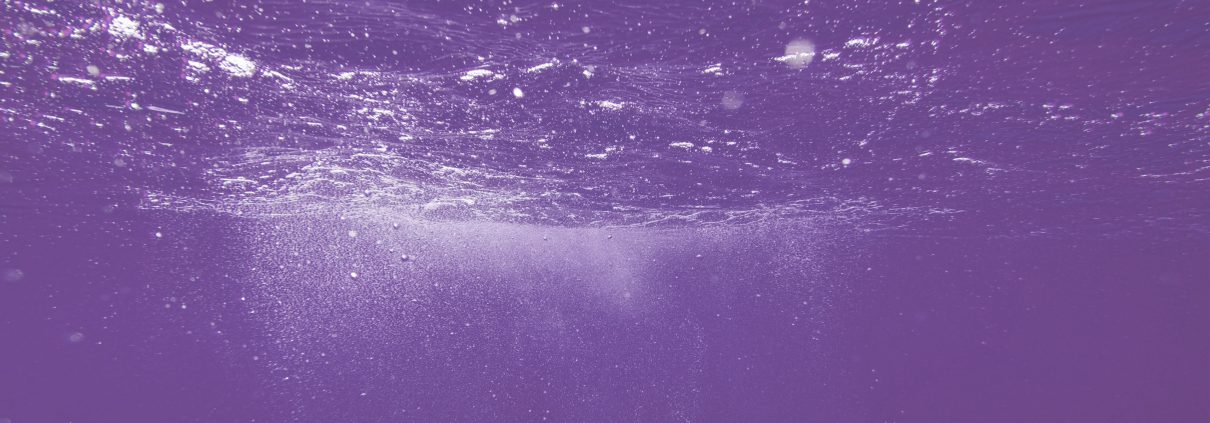On Illusions and Disillusionment
by Tiffany Uribe
If you’re here on this blog right now, chances are that you have some interest in the safety of our every day products, chemical sensitivity, or reproductive/ environmental justice. However, if you just stumbled here on a one-off google search or someone linked you here from Facebook, then you were like me 6 months ago. Back then, I never thought about the personal care products that I used. Never once did I consider that my shampoo might pose a health risk — ranging from allergies and irritation to reproductive organ system toxicity. Not a day passed in which I looked at the glossy sheet of paper the cashier gave me and questioned why the paper was so white, so smooth, and so perfect, and especially not the lengths a manufacturer had to go achieve that. But now I know the truth, and I want to talk to you about disillusion.
Disillusion is a funny word because ‘illusion’ in itself is defined as “perception of something objectively existing in such a way as to cause misinterpretation of its actual nature”, by my good friends at Merriam-Webster. And so many definitions describe disillusion as a ‘disappointment’, ‘disenchant[ment]’, or even ‘[being] bummed out by’ while only a few describe it as ‘freeing’. So here, I want to describe the illusionment we all seem to fall into concerning chemicals and additives in our products, then I want to disillusion you — “to free from illusion or conviction” about the semblance of daily interactions with chemicals in cleaning products (Online Etymology Dictionary, 2017).
The effects of these chemical toxins are kept in the dark by industry leaders in order to keep their competitive and public relations edge. Think of almost any product, despite its purpose — most marketers will try to sell it to you using ideas of cleanliness, safety, comfort, and simplicity. Let me ask, why are we so obsessed with everything being 99.9% clean all the time? Does little Jimmy’s night time table need to be devoid of every trace of bacteria?
Most would say yes. So let me get into some more vocabulary and science. Bacteria is simply defined as “a member of a large group of unicellular micro-organisms that have cell walls, but lack organelles and an organized nucleus” (Bacteria, 2017). Nevertheless, most definitions follow with the distressing statement “including some that can cause disease”. However, for one second, just think of the first part of that definition — it doesn’t sound too bad, right? Yet that’s not what industries will train you to believe, through an onslaught of commercials and ads that ostracize those who do not sanitize with bleach for a juice spill. The fact is that we, as humans, are made of a TON of bacteria — nearly 100 trillion bacteria are in you right now. Do you feel them now? It’s alright, because bacteria actually benefits us, it aids in digestion and other important functions. In fact, without a healthy balance we are susceptible to various health conditions like cancer, diabetes, heart disease, and obesity (Samadi, 2015).
What doesn’t aid and protect us are the antimicrobial chemicals found inside the household disinfectants. For example, chlorine bleach is used to sanitize swimming pools, whiten laundry, and even to treat our water. Yet it can cause, effects such as coughing, shortness or breath, chest pain, or nausea. Triclosan and Triclocarbon — are other commonly found chemicals which are often added soaps, toothpastes, and even socks. However, they persist in the environment and potentially increase risk of breast cancer. Additionally, Nano-silver may be incorporated to textiles, plastics, soaps, and many other products but can linger in our bodies and have been shown to be toxic to the brain and liver (Disinfectant Overkill, 2009).
Women remain an exposed risk to these chemicals as they most often conduct the cleaning in the house. Day after day as they work to keep their whites pristine, and floors spotless their health is harmed. I do not mean to demonize cleaning products, I mean to demonize almost everything. Our shampoos, conditioners, toothpastes, socks, couches, towels, lotions, backpacks, and nearly any other thing you can imagine was created with a myriad of questionable and largely unregulated assortment chemicals. Industries find it too difficult to research each individual product, to disclose it to consumers, or find healthier additives. One such alternative is vinegar which serves antibacterial purposes, a window cleaner, a carpet cleaner, an odor eliminator and dozens more uses. Yet markets cannot be created off of vinegar or other natural solutions, so in an elaborate marketing campaign geared to ostracize and ‘otherize’ these solutions emerges the overbearingly powerful bleach, ammonia, and the dozens of variations of sodium-somethings.
Tiffany Uribe is an undergraduate student studying Gender Studies and Global Studies at UCLA. She is also an office assistant at the Center for the Study of Women. She was part of the Chemical Entanglements Undergraduate Group during the 2016-2017 academic year.
Works Cited
“Bacteria.” Dictionary.com. Dictionary.com, n.d. Web. 06 June 2017.
“Disinfectant Overkill.” Womens Voices for the Earth. N.p., Nov. 2009. Web. 06 June 2017.
Online Etymology Dictionary. N.p., n.d. Web. 06 June 2017.
Samadi, David. “1 Percent Human, 99 Percent Bacteria.” The Huffington Post. TheHuffingtonPost.com, 15 Dec. 2015. Web. 06 June 2017.


